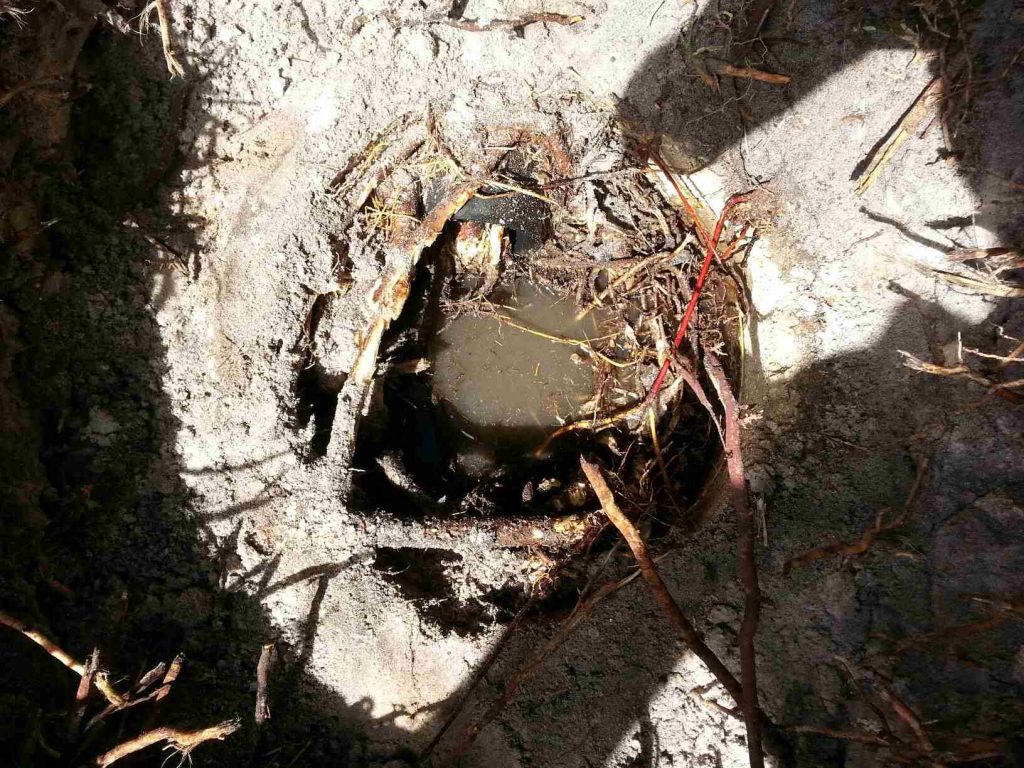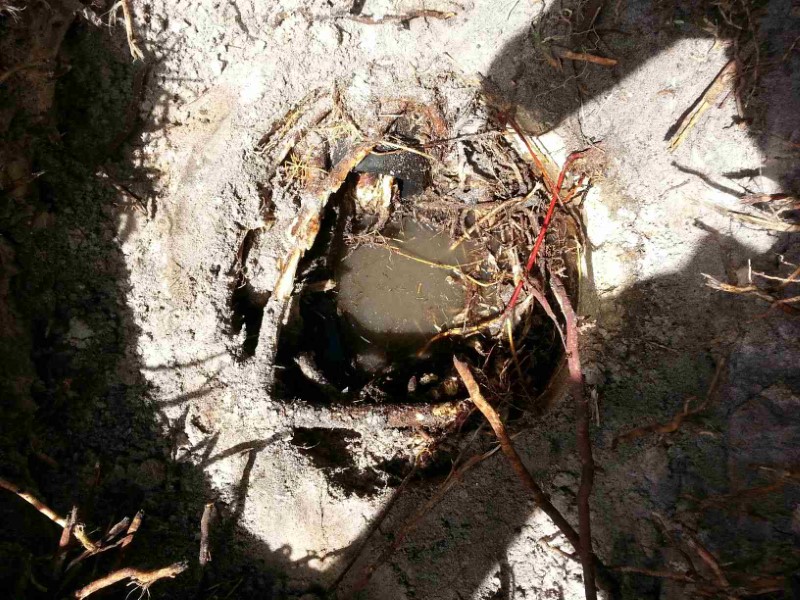
Tree roots consist of perennial roots that are the larger of the tree root system and the small spider roots that feed the larger roots. The spider tree roots usually the roots that wind up in the septic system. Most tree roots grow in a horizontal direction, away from the tree in depths that range from 6 inches to 7 feet deep on average.
There are several factors that determine the growth of a tree roots in a septic tank. Tree roots typically follow moisture and minerals source. In some areas of the country, where soil compaction is greater than other areas can restrict the growth rate where the soil is harder and more compact. Tree roots will enter a system where ever there is a crack, joint in the system of lines.
Roots in a septic tank will eventually damage your septic tank and your drain field. At some point tree roots, if left untreated will spread throughout the entire septic system clogging the septic tank and drain pipes. Tree roots have even been known to grow through the septic tank up into the sink drains of a home.
Depending on the variety of trees, roots will eventually make there way into every possible area of your septic system if left unchecked. Controlling tree roots will be a never ending battle until the tree is eventually removed from the septic tank area. Trees should never be planted within 30 feet of a septic tank and drain field.
There are a few common methods for removing tree roots in a septic tank or drain field. The first thing a qualified plumber will do is mechanically route out the septic tank and drain field. This is preformed by pumping the septic tank and using a motor driven steel cable with a rotating cutting tool located at the end. The next step is to employ a product such a “Root X” or “Copper Sulfate Crystals” immediately after the roots have been cut and removed. If the “Root X” or “Copper Sulfate Crystals” is not introduced into the system immediately, a time period of 6 weeks must be observed before the treatment can be added. This is done due to the tree roots secreting sap that will initially protect the roots if the tree root chemicals are not introduced immediately.
Roots in a septic tank can destroy your system. Consider removing trees within 30 feet radius of your septic system. Tree roots in a septic tank and drain field can result is serious damage to a septic system. The cost of repairing or replacing a septic system can range from few hundred dollars to several thousand in replacement. Removing tree roots from a septic system is a delicate operation. Older septic system, pre 1960 can be constructed of clay tile drain fields. The old clay tile drain fields are brittle and can become damaged from septic tank root removal techniques. Removing the tree is always the best advice.
